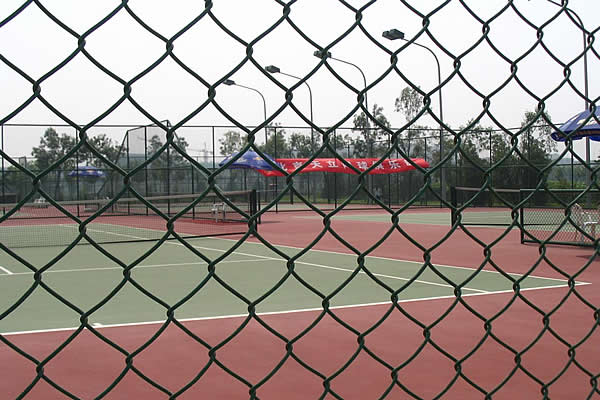 TEL:
+86-13102802206
TEL:
+86-13102802206
 Email:
fencenetting@china.com
Email:
fencenetting@china.com
 Language
Language
 TEL:
+86-13102802206
TEL:
+86-13102802206
 Email:
fencenetting@china.com
Email:
fencenetting@china.com
 Language
Language


The Versatility and Strength of 3% 208% Stainless Cable
Stainless steel cables are a hallmark of modern engineering and construction, offering a combination of strength, durability, and resistance to corrosion. Among the various types of stainless cables, the 3% 208% stainless steel cable stands out for its specific features and applications. Its unique composition and qualities make it an invaluable tool in various industries, ranging from construction to aerospace.
Composition and Properties
The designation 3% 208% in stainless cables refers to specific metallurgical characteristics that set it apart. Typically, the 3% indicates the addition of nickel content, which plays a crucial role in enhancing the cable's resistance to corrosion and improving its overall mechanical properties. This slight increase in nickel content contributes significantly to the cable's durability, allowing it to thrive in various environmental conditions.
On the other hand, the 208% refers to the tensile strength of the cable—often measured in pounds per square inch (PSI). A tensile strength of 208% means that the cable can withstand substantial stresses without deforming or breaking, making it particularly suitable for heavy-duty applications where safety is paramount. The combination of these factors results in a cable that is not only resilient but also versatile enough to be utilized in various sectors.
Applications
The applications of 3% 208% stainless steel cable are extensive and diverse. In the construction industry, it is commonly used for supporting structures, such as bridges, cranes, and high-rise buildings. The incredible strength of the cable ensures that these structures can withstand both static loads, such as the weight of the building materials, and dynamic loads, like wind or seismic activity.

Another significant application of this stainless cable is in marine environments. Its resistance to corrosion makes it ideal for mooring lines, rigging, and other uses in saltwater conditions. Stainless steel cables are favored in boating and shipping because they can endure the harsh environment of ocean exposure without deteriorating, thus providing safety to vessels and assurance to their operators.
The aerospace industry also benefits from the use of 3% 208% stainless cables. Aircraft components require materials that can withstand extreme conditions, including varying temperatures, pressures, and forces. The strength-to-weight ratio of stainless cables ensures that aircraft can maintain structural integrity while minimizing weight, enabling greater fuel efficiency and performance.
Environmental Considerations
In addition to their mechanical properties, stainless steel cables are often chosen for their environmentally friendly attributes. Stainless steel is recyclable, which means that, at the end of the cable's life cycle, it can be repurposed without significant loss of quality. This characteristic contributes to sustainable construction practices, reducing the need for new raw materials and minimizing waste.
Moreover, the resistance of stainless steel cables to rust and corrosion means that they require less maintenance over their lifespan compared to other materials. This longevity not only lowers maintenance costs but also reduces the environmental impact associated with frequent replacements.
Conclusion
The 3% 208% stainless steel cable is an exemplary representation of modern engineering advancements, combining remarkable strength with exceptional durability and corrosion resistance. With its diverse applications across various industries, it plays a critical role in the safety and efficiency of construction, marine, and aerospace endeavors. As industries continue to prioritize sustainability and performance, the demand for high-quality materials like 3% 208% stainless steel cable will only grow, further solidifying its importance in today's technological landscape.